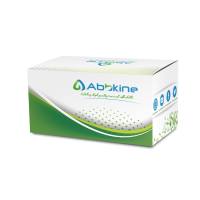Proliferation Assays (BrdU and EdU) on Skeletal Tissue Sections
互联网
923
Assessing cell proliferation in situ is an important phenotyping component of skeletal tissues from development to adult stages and disease. Various methods exist including immunostaining for proteins and protein modifications associated with specific steps of the cell cycle, but the gold standard is to quantify the percentage of DNA-synthesizing cells. The thymidine analog 5-bromo-2′-deoxyuridine (BrdU) has been widely used in the last decades for this purpose, with the inconvenience that its detection is lengthy and requires harsh treatment of tissue sections to give access of anti-BrdU antibody to nucleosides in genomic DNA. In 2008, Salic and Mitchison developed a new method and proved it to be quicker, simpler, and highly sensitive in non-skeletal tissues. This method relies on incorporation of 5-ethynyl-2′-deoxyuridine (EdU) into de novo DNA. This other thymidine analog is readily detected by click chemistry, i.e., covalent cross-linking of its ethynyl group with a fluorescent azide, a molecule small enough to diffuse freely through native tissues and DNA. Here, we describe and compare the BrdU and EdU approaches in skeletal tissues and conclude that in these tissues too EdU provides an easy and very sensitive alternative to BrdU.









